If you’re a Basque dancer from California, the Hartza group wants you.
Dance director John Ysursa is forming the troupe to unite dancers from across the Golden State to perform at Basque festivals this summer, including the huge Jaialdi 2010 international bash in Boise.
Hartza means bear in Euskera, the Basque language. It’s a perfect name for the new group, Ysursa says.
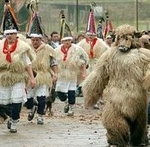
The bear is the symbol on the California flag. It’s also a mythical animal in Basque culture, in part because of its power and its hibernation patterns — vanishing in cold winter months, only to reappear in spring.
For this year, the Hartza group will focus on dances from the Baztan region in the province of Nafarroa, or Navarra, on the Spanish side of the Basque Country.
Dances from Nafarroa aren’t often performed at Basque festivals in the U.S., Ysursa says, partly because many Basques from Nevada and Idaho have roots in the province of Vizcaya. Basques from California, in contrast, have typically descended from families that came from Nafarroa and the adjacent province of Benafarroa on the French side.
The dances from the valley of Baztan lend themselves to such a group because they are mainly circle dances that don’t require an exact number of dancers.
“We chose dances that don’t require a lot of choreography,” Ysursa explained during a recent interview with Euskal Kazeta. “We’re really only going to be able to practice together very few times.”
Ysursa has already scheduled Hartza practices, and some dance tutorials will be published online so that dancers can practice at home.
The idea of dancers from California Basque clubs performing together is not new. The group Hegohaize, or Southern Wind, for instance, includes boys from Bakersfield and Chino, because the two groups don’t have enough boys for most of the male dances. The joint group has performed at the Chino Basque Club picnic and the Kern County Basque Club festival in Bakersfield.
Ysursa hopes the Hartza group will attract an unprecedented gathering of dancers from Basque clubs up and down the state. Possibly up to 50 youths will be involved.
Hartza is extending an open invitation to all Basque dancers in California in high school or above. Ysursa says he would like dancers from San Francisco, Bakersfield, Chino, Los Banos and Fresno, as well as smaller Basque communities, to participate in the new troupe.
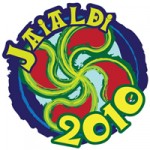
A highlight for the troupe will be Jaialdi 2010, which takes place from July 27 to August 1. Held every five years, the event is expected to attract 25,000 or more people to Boise from Basque communities across the U.S. and Canada, as well as Europe and Latin America.
During the festival, dancers from more than 36 groups from states across the West, along with musicians, will perform on two different stages at the sprawling Idaho Expo center, one of the main Jaialdi venues.
Part of the motivation behind Hartza is to attract more guys to join in Basque folk dance, and at the same time, make the dancing fun, Ysursa says. Basque youth from around the state can get to know each other better.
In a large multicultural state like California, maintaining one’s culture requires a greater effort.
“Folk dance is an attempt to recreate the emphasis on community,” Ysursa says. He and his wife, Jenny Ysursa, have been involved in Basque folk dancing since they were young, participating in numerous groups over the years. They currently work with Chino’s Gauden Bat dancers.
If the Hartza group is successful, Ysursa says, the troupe might even plan a trip to Argentina, to perform at the Semana Vasca, that country’s version of Jaialdi. California dancers have not visited Argentina since the early 1990s.
Here is a tentative schedule of Hartza dance practices:
San Francisco — Saturday and Sunday, Feb. 13 and 14.
Los Banos — Saturday and Sunday, March 13 and 14.
*If the Hartza practices are do not happen in San Francisco or Los Banos, there will be dance practice in Chino on Sunday, Feb. 4 and Sunday March 14, from 5 to 7 p.m.
Related Basque Dance videos and Jaialdi 2010 articles:
Oinkari Dancers Plan Special Jaialdi Reunion Performance
Countdown to Jaialdi 2010
Basque Dance Fest at NABO 09 Convention
Basque Dance Extravaganza
Below: Jaialdi 2010 Interactive Map. Click on the blue letters.
View Jaialdi 2010 in a larger map

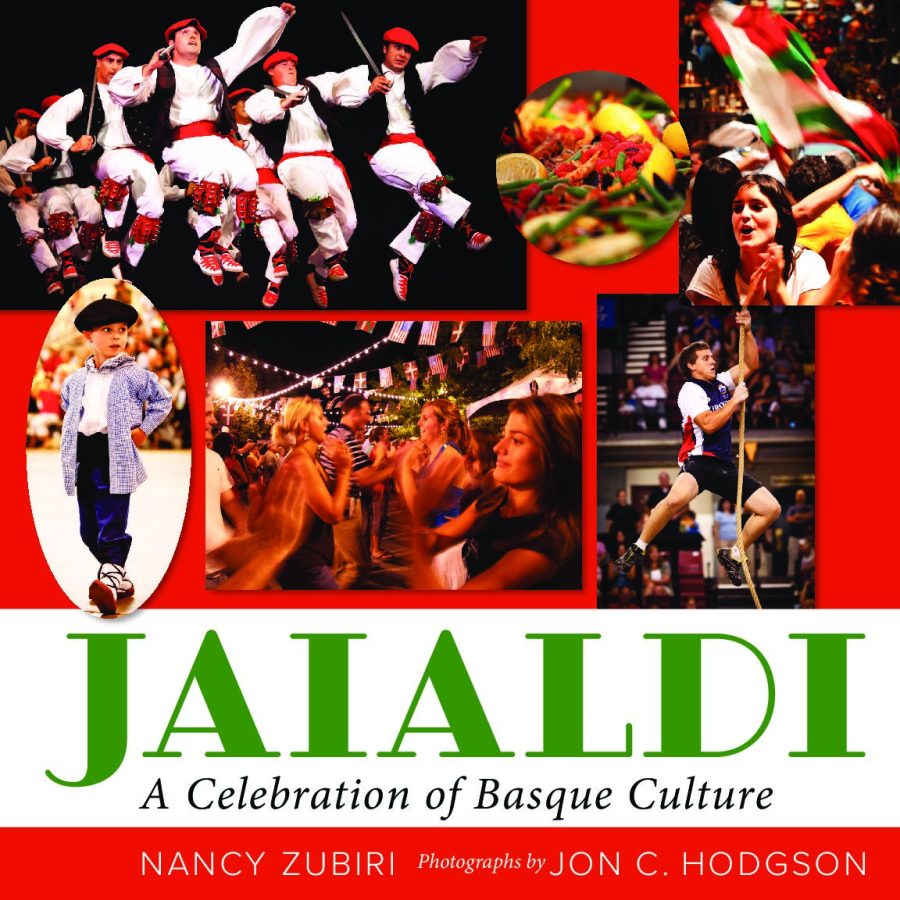

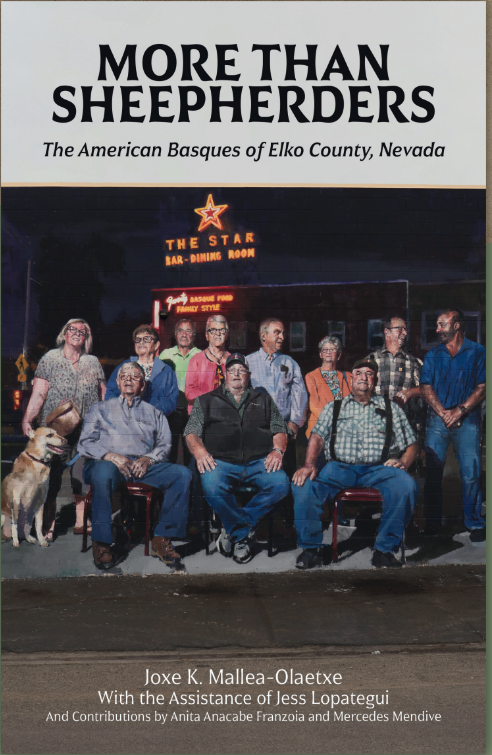
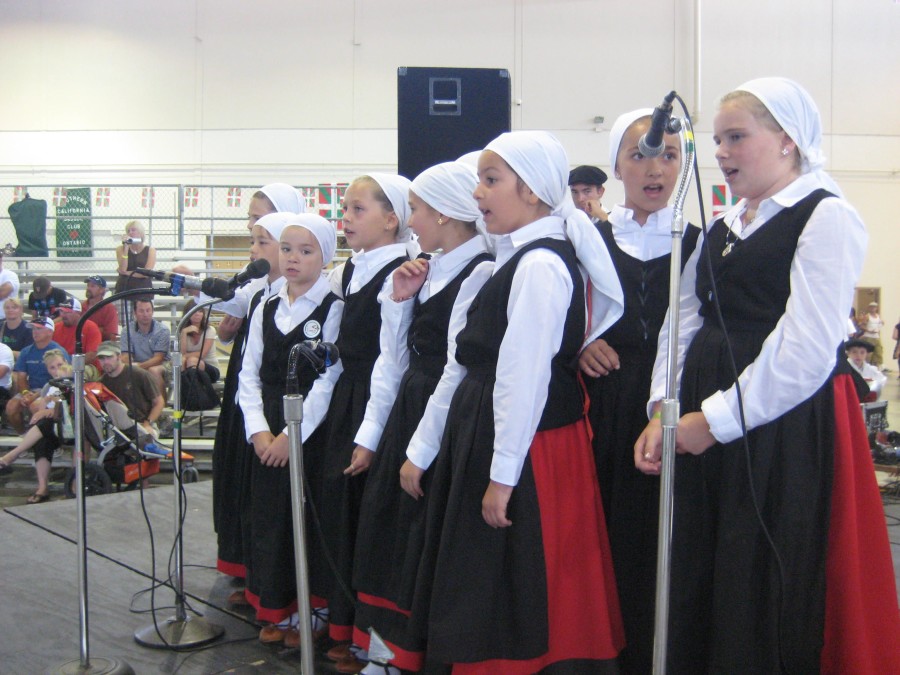


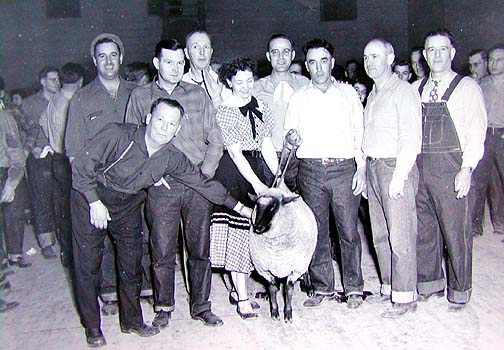
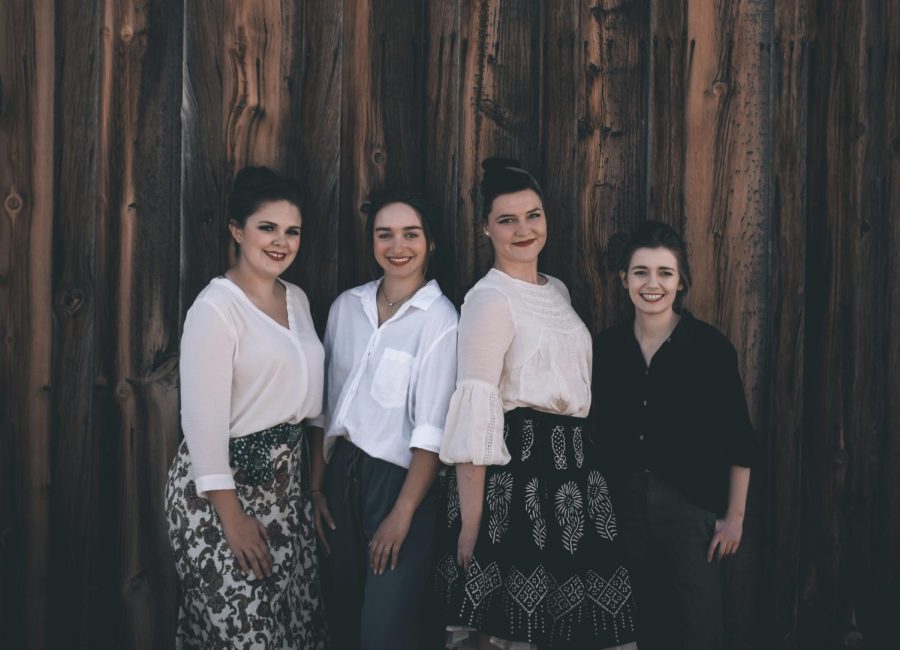

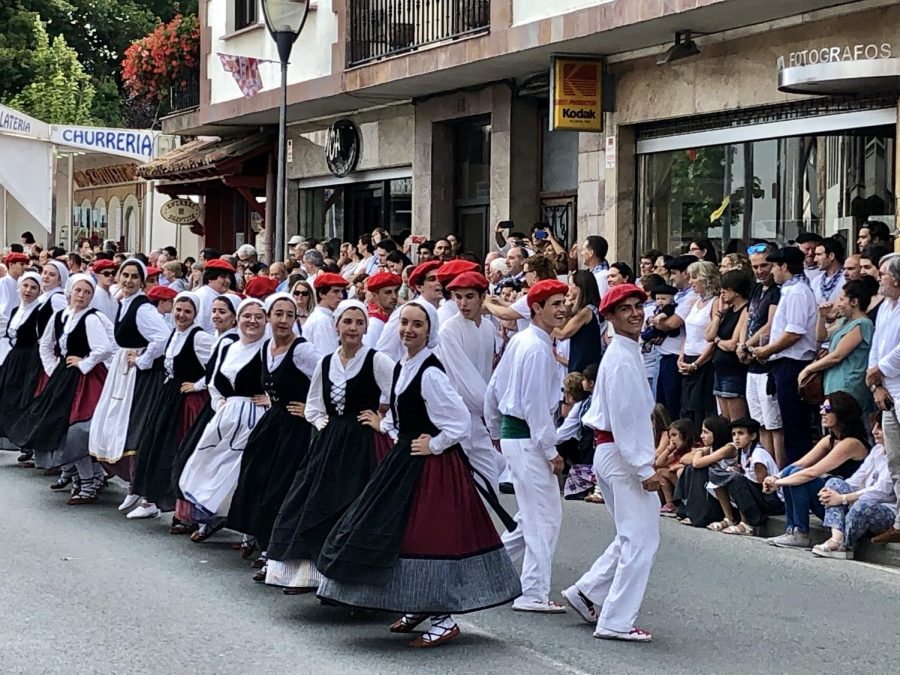
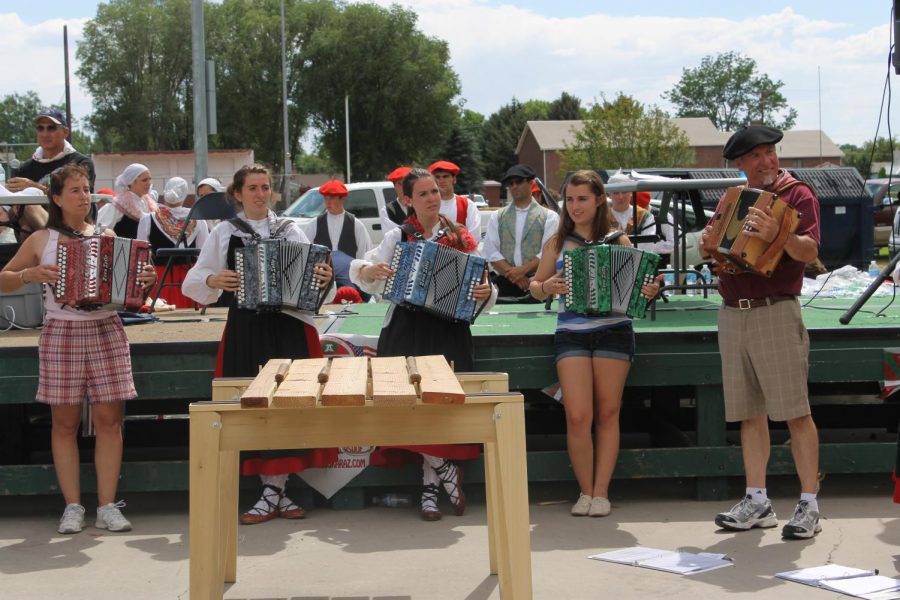
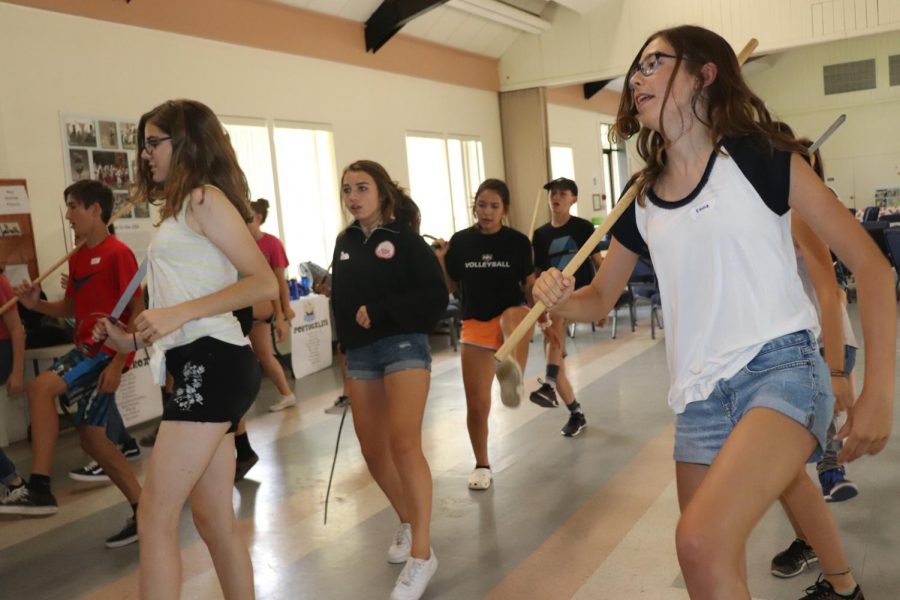
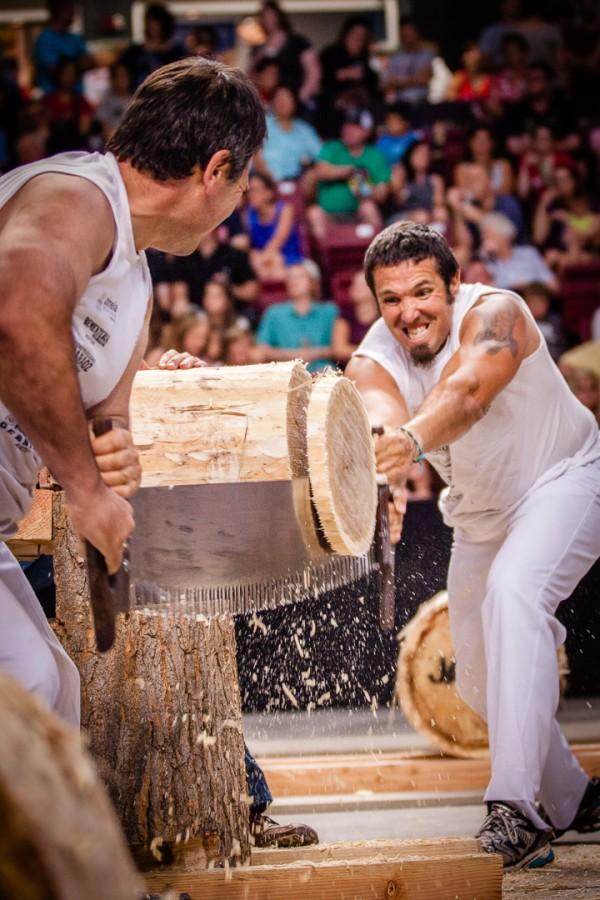
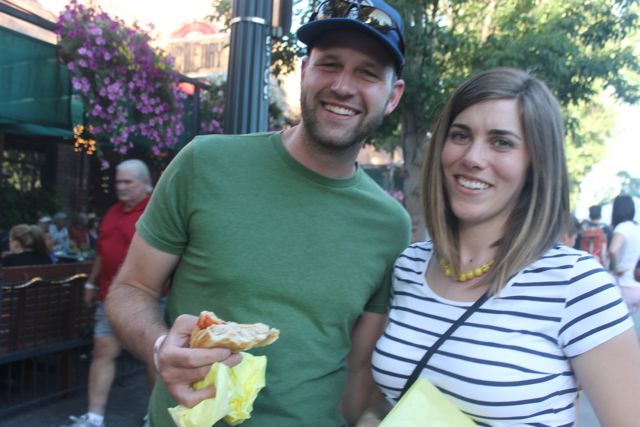
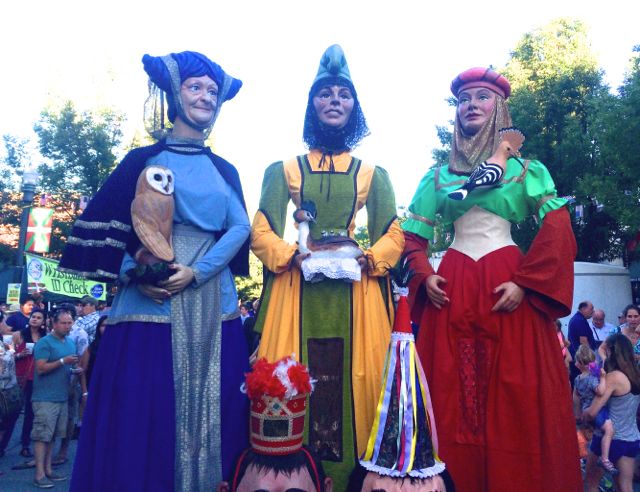
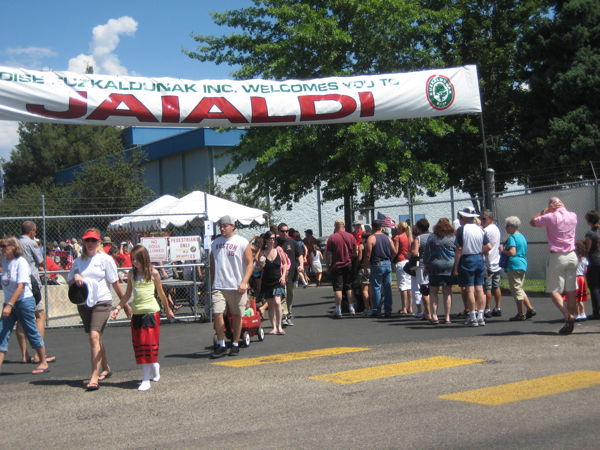

Mikel • Apr 7, 2010 at 6:57 am
Great initiative. For Basques, dance is an important part of the culture and heritage. I hope that Hartza can get enough dancers together to contribute at Jaialdi. There’s a beautiful story of the Oinkari Basque Dancers in Boise on EiTB. They just celebrated their 50th (!) anniversary. Check out the link!
Cathy Etchebehere • Jan 12, 2010 at 7:55 pm
The article says high school and above…..how far does that “above” go?